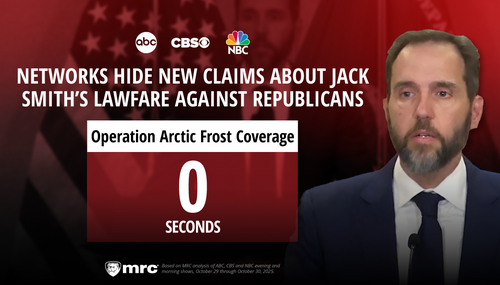On Saturday, Erika Rawes at USA Today's Wall Street Cheat Sheet engaged in some impressive gymnastics as she discussed the middle class and identified seven things its members "can't afford anymore" (the headline) or that "a larger percentage of people have trouble paying for" (the content).
It's a sloppy list. One of the items — debt — isn't a "thing" at all, but rather the result of buying too many "things" without paying for them. Rawes also managed to avoid citing any government policies or practices which might be contributing to the problem. It's not like there's a shortage of items in the past 6-1/2 years (since the recession as normal people define it began), or the past dozen (if you want to go back to where the housing bubble began to inflate in earnest), or even the past 25 (if you want to talk about roughly when the mad rush to have things made in Communist China began). One of the six legitimate "things" on the list is of far more recent origin (HT Political Outcast; bolds are mine):
Medical care
Medical care is a basic necessity and something we'd think would be affordable for someone earning a middle income. A Forbes article published data indicating that workers in large companies — many of whom are members of the middle class — "face nearly $5,000 in premiums, co-payments, deductibles and other forms of co-insurance."
During the past few years, these costs have had a large impact on working Americans. A report by Feeding America found that a shocking 66% of households say they've had to choose between paying for food and paying for medical care — 31% say they have to make that choice each and every month.
These things have happened "during the past few years," i.e., 4-1/2 years, the Affordable Care Act, aka Obamacare, has been the law.
Obamacare was supposed to fix that. What it instead created is a bias towards policies with high "premiums, co-payments, deductibles and other forms of co-insurance." After all, that's how the officially approved Obamacare plans work (deductibles listed at the link for policies based in Cincinnati are predominantly in the $2,500 to $6,000 range), so it shouldn't surprise anyone that companies scraping by in the seventh year of tough economic times are leaning in that direction in their own plan designs.
But apparently that connection was one Ms. Rawes couldn't — or wouldn't — make.
Cross-posted at BizzyBlog.com.




